It may sound silly to say that Inland Northwest anglers have discovered "Esox" fishing. After all, the "Northern Pike" and its half brothers and sisters, the "Tiger Musky", have been around this neck of the woods for several years. Northern Pike were illegally introduced into the lateral lakes of the Coeur d'Alene river system in the 1970's with a mature pike fishery being pretty much established throughout all of Lake Coeur d'Alene by the 1980's. There is also a well-established Pike population in the Pend Orielle River system. While the debate rages over the negative impacts to the native species and established cold-water fisheries, the fact remains, the Northern Pike is probably here to stay. During a recent visit to Coeur d'Alene, "In-Fisherman" personality, "Al Lindner" was quoted as saying that the next U.S. record pike may very well come from Coeur d'Alene Lake.
In addition to the Northern Pike, intentional and planned introduction by fisheries biologists of the Northern Pike/Musky hybrids, (known as the "Tiger Musky"), have been stocked in select lakes in Washington State to provide a large species trophy fish and to predate on populations of less desirable species.But do many anglers actually fish to intentionally target these species? The majority of catches of Northern Pike fall into the category of "incidental catches". That is, they are caught while fishing for other species, predominantly by bass fisherman. The fact is that fishing lures and techniques utilized for bass work quite well for pike also.
Furthermore, since bass and pike tend to inhabit the same areas this further elevates the frequency of pike or musky catches.
Many area have anglers found that the thrill of the strike and the subsequent battles to boat these behemoths were worth the effort to target them specifically. Taking advantage of the opportunistic feeding behavior of Pike, "dead-baiting" or "smelting" was born. A waiting game, "smelting" involves the use of a frozen dead smelt or herring embedded with two hooks and suspended off the bottom by means of a large foam float or bobber. The fisherman simply waits until the bobber starts to take off and then sets the hook. While effective, and responsible for some very large Pike, the technique misses the excitement that comes with a top-water strike. Bass fishermen know what I'm talking about. Nothing gets the heart thumping more than seeing your quarry ferociously attack a lure while aggressively ripping it across the water.
Actively targeting and pursuing Pike and Tiger Musky often involves utilizing good fish-finding sonar to track submerged weed lines, research into where the fish stage and spawn in the spring, and often hundreds, (if not thousands), of casts of large heavy jerk-baits, spoons, spinner baits, and buck tails. It's definitely not for the fisherman who is happy to sit and nap on the shore waiting for the fish to bite. Sometimes all the angler will get for his trouble is sore arms and shoulders, but often, he is rewarded with a heart-stopping strike where his prey pounds the lure resulting in a water-churning fight.
Large Pike in the early spring take to the shallow, weed-choked bays and inlets to spawn. Often retrieving baits through this salad of vegetation is nearly impossible. Making it even more maddening... you can often see large monster pike just below the surface. You know that there is no way that you can retrieve a jerk-bait past them without snagging huge clumps in the process. Even if you could, they often turn their noses up at larger baits during this time. The answer is often "finesse baits". Small soft plastic fish imitations, weighted only with an off-set hook, and cast past the targeted fish. Spinning rods and reels seem to work best with such light weight baits but some adept bait-casters will do just fine as well. As you retrieve you attempt to bring the bait within eyesight of, but not too close. If you see the Pike aggressively moving after the bait you might actually speed up your retrieval. You might get a fish to eye your bait, approach to within inches, and then turn away. Varying your presentation by a series of twitches, stalls, jerks and teasing movements can often trigger the strike. The really exciting part of this is actually having the conditions to watch the whole process. It takes a relatively calm surface with little or no wind, a good pair of polarized sunglasses and a boat with a quiet electric trolling motor. Still quieter approaches might be attained with a push-pole. Obviously, you want to get close enough to see the fish, but not so close that you spook them.
Pike and Musky have very sharp teeth and are quite capable of neatly slicing through even heavy monofilament line. Steel leaders have been a staple of pike fishing for years, but because of their added weight, they are nearly impossible to utilize when finesse fishing little plastic fish baits. The solution has been the introduction of fluorocarbon lines. Strong, nearly invisible in the water, and highly abrasion resistant, fluorocarbon works quite well as a leader material with these toothy critters. It needs to be at least 18 to 20 pound test and you will still loose a few to line cutting, but the majority will be unable to sever it. After each fish you would do well to feel the line for any nicks, cuts, or abrasions, then trim and re-tie. The best I have used has been the "P-Line" products of pure fluorocarbon. You should try to select a color matched to the water you're fishing.
One other thing needs to be said regarding weather. One of my best days fishing for Tiger Musky's was an early spring day during repeated rain squalls and lightning. I don't recommend being on the water during an electrical storm. That being said; during a two hour period of brief rain storms, I caught six Tiger Musky trolling a Lucky-Craft Pointer 128 in Aurora Black. This bait actually has been my "Go-to" bait for Pike and Musky.
Try some of these techniques the next time you are on the water where there are Pike and Musky. You just might find that the next Pike or Musky you catch was not an "incidental" catch, and was actually the fish you intended to catch.
Where to go: Lake Coeur d'Alene and the chain lakes of the Coeur d'Alene River, Idaho, (Pike), Fernan Lake, Idaho, (Pike), Long Lake, Washington, (Pike), Silver Lake, Washington, (Tiger Musky), Hauser Lake, Idaho, (Tiger Musky). Google searches will also yield several destinations in Montana Rivers and reservoirs for pike.
Equipment:
Rod: 6 ½ to 7 foot, medium to heavy rods, ¾ to 1 ounce.
Reel: Bait-caster for heavy weight lures, spinning for light.
Line: Heavy braid with fluorocarbon leaders, (2 to 3 foot length).
Ty-Gear®, tie-able steel leader.
Lures: Large heavy jerk baits, swim baits and crank baits.
In addition to the Northern Pike, intentional and planned introduction by fisheries biologists of the Northern Pike/Musky hybrids, (known as the "Tiger Musky"), have been stocked in select lakes in Washington State to provide a large species trophy fish and to predate on populations of less desirable species.But do many anglers actually fish to intentionally target these species? The majority of catches of Northern Pike fall into the category of "incidental catches". That is, they are caught while fishing for other species, predominantly by bass fisherman. The fact is that fishing lures and techniques utilized for bass work quite well for pike also.
Furthermore, since bass and pike tend to inhabit the same areas this further elevates the frequency of pike or musky catches.
Many area have anglers found that the thrill of the strike and the subsequent battles to boat these behemoths were worth the effort to target them specifically. Taking advantage of the opportunistic feeding behavior of Pike, "dead-baiting" or "smelting" was born. A waiting game, "smelting" involves the use of a frozen dead smelt or herring embedded with two hooks and suspended off the bottom by means of a large foam float or bobber. The fisherman simply waits until the bobber starts to take off and then sets the hook. While effective, and responsible for some very large Pike, the technique misses the excitement that comes with a top-water strike. Bass fishermen know what I'm talking about. Nothing gets the heart thumping more than seeing your quarry ferociously attack a lure while aggressively ripping it across the water.
Actively targeting and pursuing Pike and Tiger Musky often involves utilizing good fish-finding sonar to track submerged weed lines, research into where the fish stage and spawn in the spring, and often hundreds, (if not thousands), of casts of large heavy jerk-baits, spoons, spinner baits, and buck tails. It's definitely not for the fisherman who is happy to sit and nap on the shore waiting for the fish to bite. Sometimes all the angler will get for his trouble is sore arms and shoulders, but often, he is rewarded with a heart-stopping strike where his prey pounds the lure resulting in a water-churning fight.
Large Pike in the early spring take to the shallow, weed-choked bays and inlets to spawn. Often retrieving baits through this salad of vegetation is nearly impossible. Making it even more maddening... you can often see large monster pike just below the surface. You know that there is no way that you can retrieve a jerk-bait past them without snagging huge clumps in the process. Even if you could, they often turn their noses up at larger baits during this time. The answer is often "finesse baits". Small soft plastic fish imitations, weighted only with an off-set hook, and cast past the targeted fish. Spinning rods and reels seem to work best with such light weight baits but some adept bait-casters will do just fine as well. As you retrieve you attempt to bring the bait within eyesight of, but not too close. If you see the Pike aggressively moving after the bait you might actually speed up your retrieval. You might get a fish to eye your bait, approach to within inches, and then turn away. Varying your presentation by a series of twitches, stalls, jerks and teasing movements can often trigger the strike. The really exciting part of this is actually having the conditions to watch the whole process. It takes a relatively calm surface with little or no wind, a good pair of polarized sunglasses and a boat with a quiet electric trolling motor. Still quieter approaches might be attained with a push-pole. Obviously, you want to get close enough to see the fish, but not so close that you spook them.
Pike and Musky have very sharp teeth and are quite capable of neatly slicing through even heavy monofilament line. Steel leaders have been a staple of pike fishing for years, but because of their added weight, they are nearly impossible to utilize when finesse fishing little plastic fish baits. The solution has been the introduction of fluorocarbon lines. Strong, nearly invisible in the water, and highly abrasion resistant, fluorocarbon works quite well as a leader material with these toothy critters. It needs to be at least 18 to 20 pound test and you will still loose a few to line cutting, but the majority will be unable to sever it. After each fish you would do well to feel the line for any nicks, cuts, or abrasions, then trim and re-tie. The best I have used has been the "P-Line" products of pure fluorocarbon. You should try to select a color matched to the water you're fishing.
One other thing needs to be said regarding weather. One of my best days fishing for Tiger Musky's was an early spring day during repeated rain squalls and lightning. I don't recommend being on the water during an electrical storm. That being said; during a two hour period of brief rain storms, I caught six Tiger Musky trolling a Lucky-Craft Pointer 128 in Aurora Black. This bait actually has been my "Go-to" bait for Pike and Musky.
Try some of these techniques the next time you are on the water where there are Pike and Musky. You just might find that the next Pike or Musky you catch was not an "incidental" catch, and was actually the fish you intended to catch.
Where to go: Lake Coeur d'Alene and the chain lakes of the Coeur d'Alene River, Idaho, (Pike), Fernan Lake, Idaho, (Pike), Long Lake, Washington, (Pike), Silver Lake, Washington, (Tiger Musky), Hauser Lake, Idaho, (Tiger Musky). Google searches will also yield several destinations in Montana Rivers and reservoirs for pike.
Equipment:
Rod: 6 ½ to 7 foot, medium to heavy rods, ¾ to 1 ounce.
Reel: Bait-caster for heavy weight lures, spinning for light.
Line: Heavy braid with fluorocarbon leaders, (2 to 3 foot length).
Ty-Gear®, tie-able steel leader.
Lures: Large heavy jerk baits, swim baits and crank baits.
David Wright has been a resident of the Inland Northwest, (Spokane, WA), for more than fifty years. He has fished the area since childhood and knows the waters of Washington, Idaho and Montana well. He is the Editor and Publisher of the Monthly On-line Fishing Magazine, "Max-fishing", ([http://www.max-fishing.com]). Dedicated to providing current fishing information by printing articles, providing a fishing forum, free classifieds for used fishing gear, boats and finding a fishing buddy. The site also provides product and video reviews, an events calendar, area fishing reports and a section for visitors to post pictures of their catches.
Article Source: http://EzineArticles.com/?expert=David_Wright
See my previous post: Spring Fishing Tips
See my previous post: Spring Fishing Tips



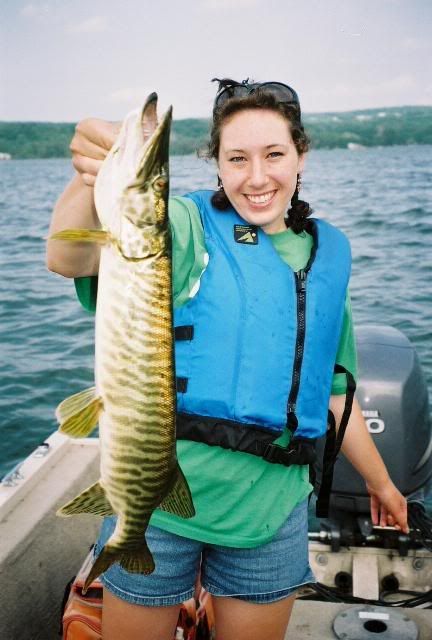
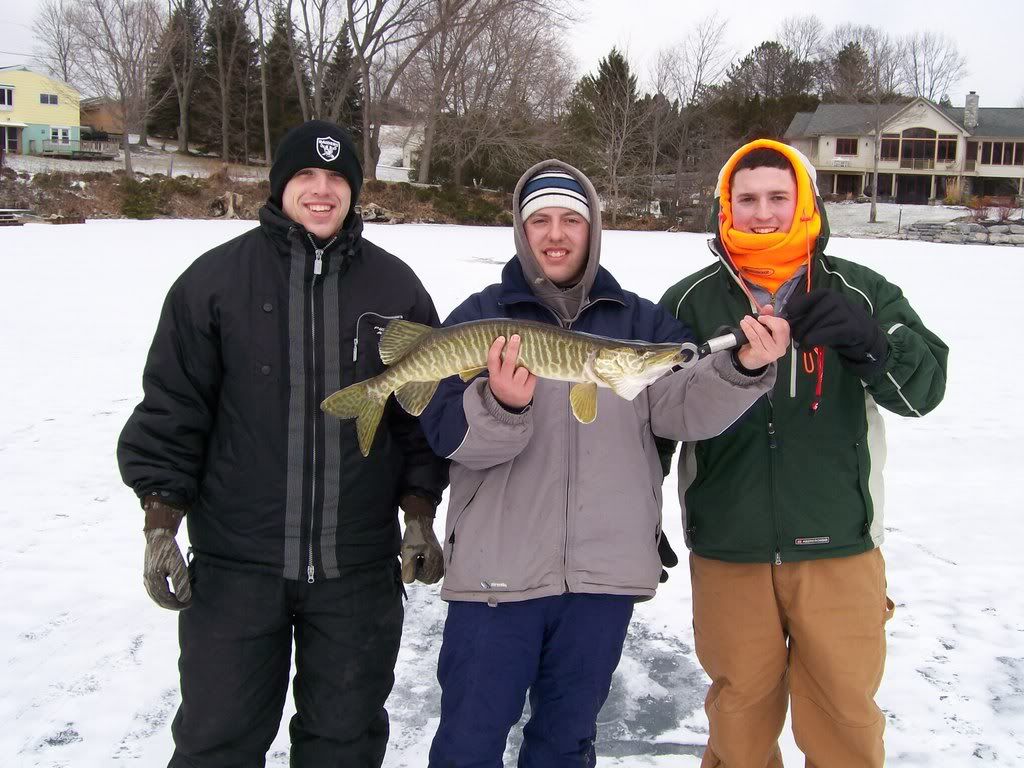
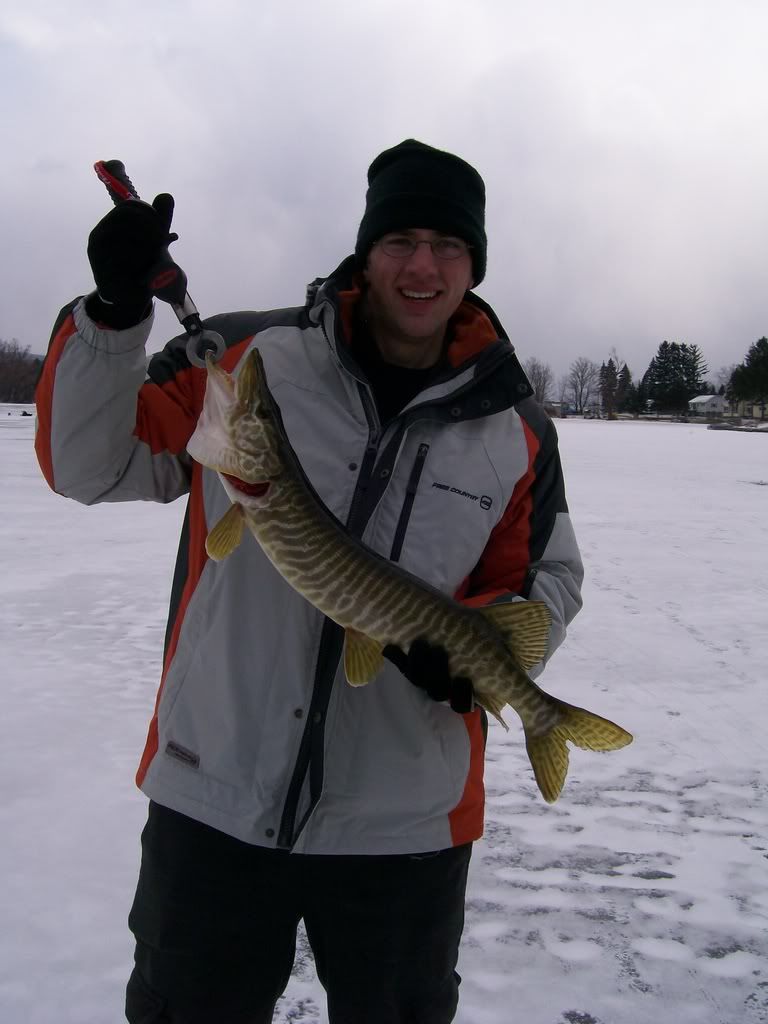




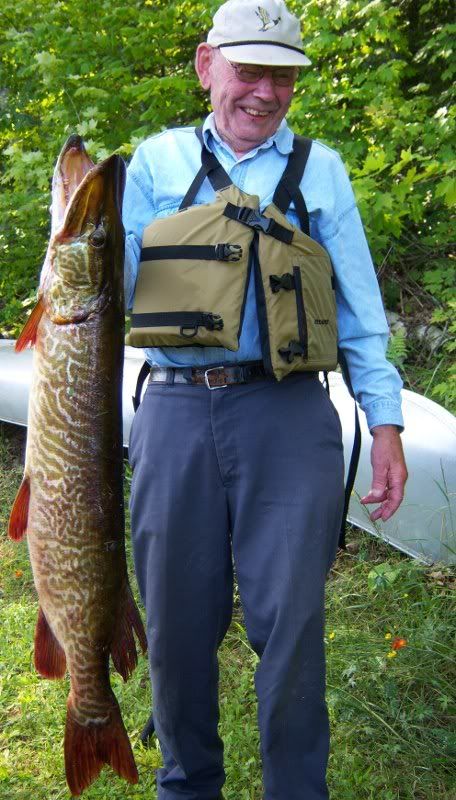
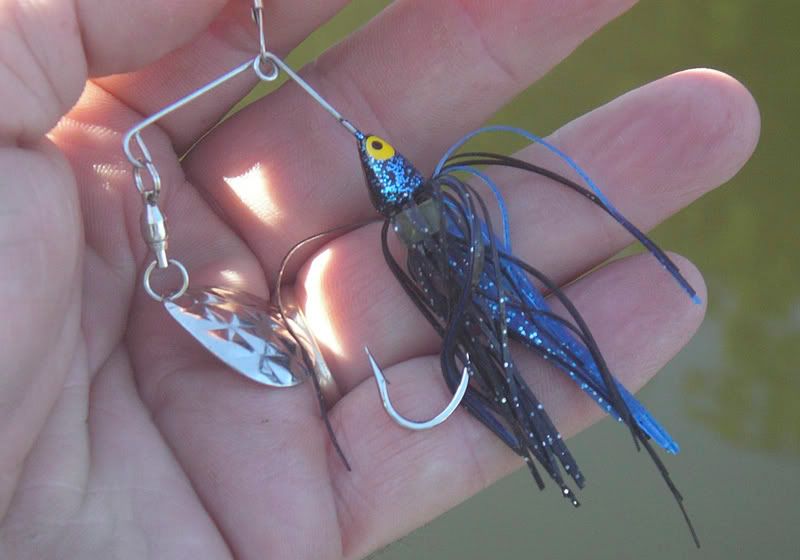





{ 0 comments... read them below or add one }
Post a Comment